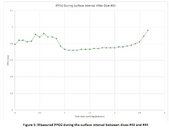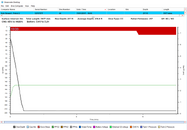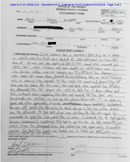Kay Dee
Contributor
I havent really followed this closely so a question: Did Sotis develop other symptoms associated with Type2 and was he chamber treated after this event?Rob's shearwater profile doesn't support hypoxia at all.
Acute (cerebral/ type 2) DCI is really the only plausible explanation and it affected both of them in the first few minutes after surfacing. The "deco stop" was so short it may not have been acute nor even had any type 1 symptoms at that time/yet. Peter regained consciousness on the deck, Rob was waiting behind the boat ladder, sank and drowned.
If so I would tend to agree with your assumption of Type2.
If not then it clearly looks to me like Sotis passing out was from hypoxia (as @bubblemonkey2 is suggesting) and then coming around after breathing a richer gas, as you dont shake off Type2 with fresh air / a bit of surface o2 after all (or that is my personal experience after a Type2 hit).
And if hypoxia was the case then it would fit Stewart also passing out (in water), droping mouthpiece (hence flooding his ccr and turning it into a 'lead' weight), drowning and sinking.
But as I said, I havent followed this closely - or maybe paid enough attention - nor read the whole thread so..............this may have all been covered / before. If so, beg pardon.








